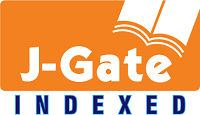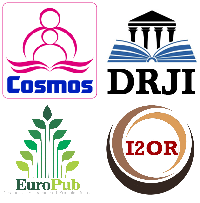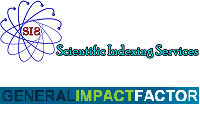Autonomous Organizational Intelligence: A Conceptual Framework for the Future of Self-Evolving Enterprises
Abstract
In the era defined by rapid change and increasing complexity, organizations want to become more adaptable, resilient and strategically agile. The paper introduces the concept of Autonomous Organizational Intelligence Framework. It is a novel AI driven meta-system designed to autonomously manage, optimize and evolve organizational structure, teams, strategies and operations in real-time. The AOI leverages a fusion of advanced technologies including reinforcement learning, multi-agent systems, digital twins and LLMs to create a self-respective organizational entity capable of sensing internal and external environment, predicting emergent challenges and autonomously reconfiguring itself to maximize performance and innovation. By moving beyond static hierarchies and human-led decision-making, AOI organizes one that continuously learns, self-corrects and self-organizes with minimal human intervention. The framework opens new frontiers for research and application in organizational design, AI ethics and future of autonomous enterprises, posing critical questions around trust, control and redefinition of leadership in post-human work ecosystems.
References
Davenport, T. H. & Ronanki, R. (2018). Artificial intelligence for the real world. Harvard Business Review, 96(1), 108–116.
Grieves, M. & Vickers, J. (2017). Digital twin: Mitigating unpredictable, undesirable emergent behavior in complex systems. In F.-J. Kahlen, S. Flumerfelt, & A. Alves (Eds.), Transdisciplinary Perspectives on Complex Systems (pp. 85–113). Cham, Switzerland: Springer. https://doi.org/10.1007/978-3-319-38756-7_4
Laloux, F. (2014). Reinventing Organizations: A Guide to Creating Organizations Inspired by the Next Stage of Human Consciousness. Brussels, Belgium: Nelson Parker.
Copyright (c) 2025 Shrikarnag Bangalore Prahallada, Ranjitha Sridhar Rao Nag, Lohith Dayananda Ram, Shrivatsa Bangalore Prahallada, Deepashree Abhaya, Rudri Jani

This work is licensed under a Creative Commons Attribution 4.0 International License.


 ISSN
ISSN 











